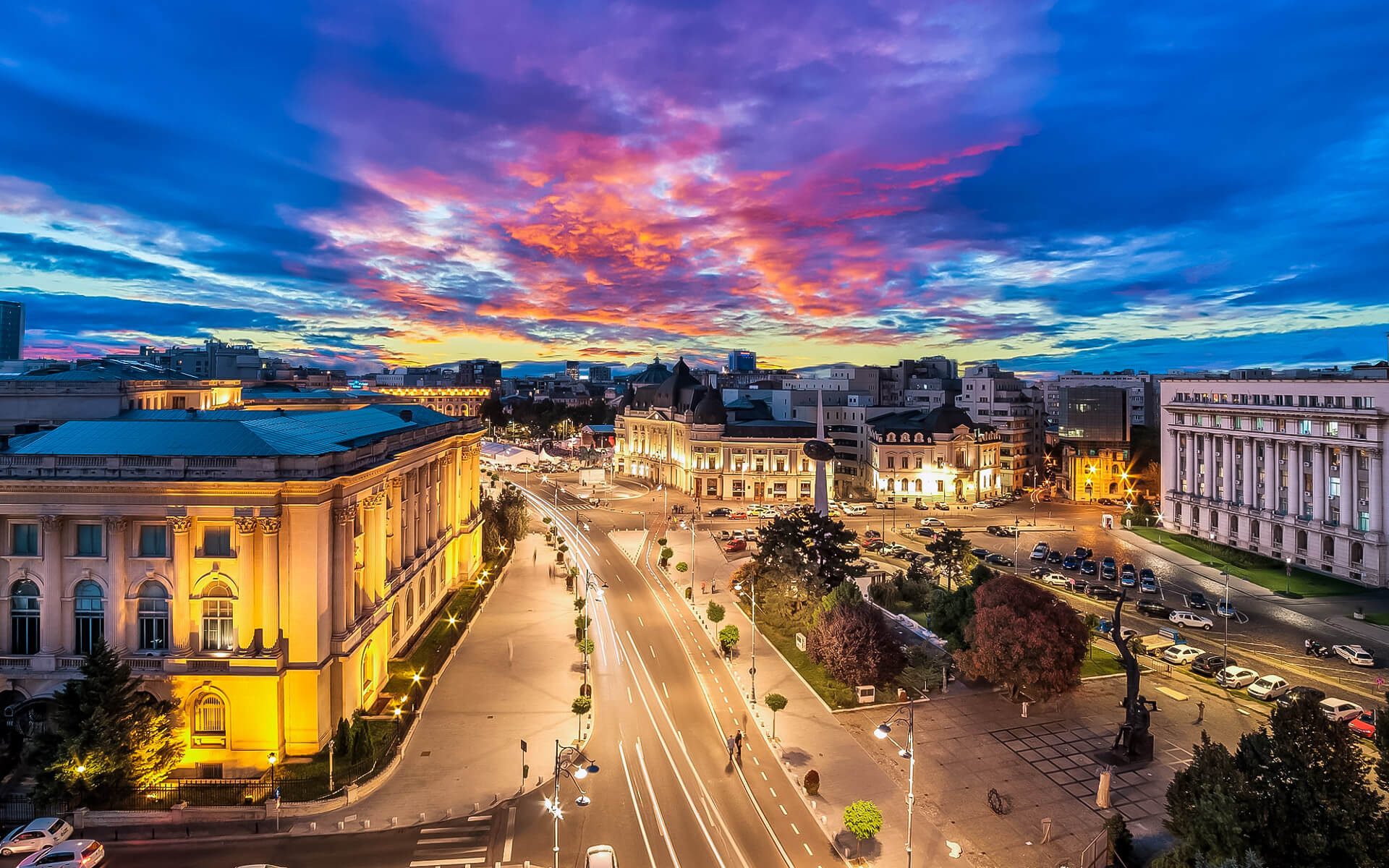[lwptoc]
Bucharest is Romania’s capital and biggest city, as well as its cultural, industrial, and financial hub. It is situated in the country’s southeast, on the banks of the Dambovița River, some 60 kilometers (37.3 miles) north of the Danube River and the Bulgarian border.
Bucharest was referenced in papers for the first time in 1459. It became Romania’s capital in 1862 and is the epicenter of Romanian media, culture, and art. Its architecture is a mash-up of historical (neo-classical), interbellum (Bauhaus and art deco), communist-era, and contemporary elements.
During the interwar era, Bucharest received the moniker “Little Paris” due to its magnificent architecture and the refinement of its elite. Although many buildings and districts in the ancient city center were severely damaged or destroyed by war, earthquakes, and, most notably, Nicolae Ceausescu’s systematization program, many others survived. The city has had an economic and cultural boom in recent years.
Bucharest is the most rich city in Romania, and it is one of the most important industrial centers and transit hubs in Eastern Europe. There are large conference centers, educational institutions, cultural venues, historic “shopping arcades,” and leisure spaces in the city.


